
John A. MacKay, Synergistic Technologies Associates and Brian C. Smith, Big Sur Scientific offer advice on the most important thing newcomers to cannabis extraction need to learn.

John A. MacKay, Synergistic Technologies Associates and Brian C. Smith, Big Sur Scientific offer advice on the most important thing newcomers to cannabis extraction need to learn.
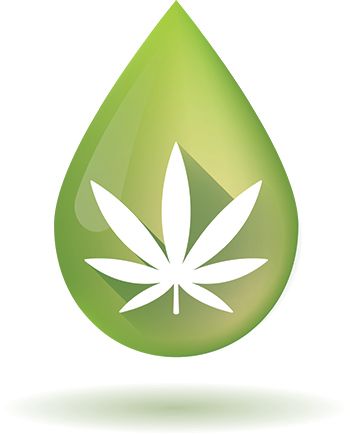
An overview of some of the ways various temperature and pressure combinations can tune the polarity of CO2, and how analytics can be utilized to monitor chemovar profiles.

Leading extraction scientists and researchers from the cannabis industry-John A. MacKay, Synergistic Technologies Associates and Brian C. Smith, Big Sur Scientific-participate in this round-table discussion series on extraction. This month they offer advice on how to get started for people that are new to cannabis extraction.
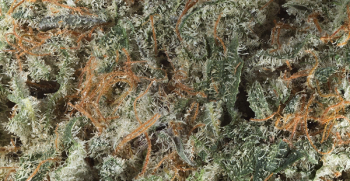
A look at the capabilities of microwave-assisted extraction and how the cannabis industry can utilize it

The final installment of this series reviews how processing parameters affect yields in extraction.

Part II of this series explores the impact of how material is prepared prior to extraction.
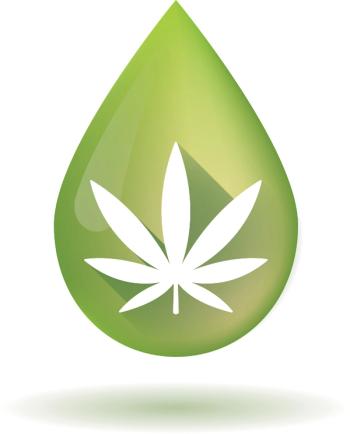
By understanding whole-plant extractions better, businesses will be able to better plan for long-term profitability and sustainability.

Two leading extraction scientists and researchers from the cannabis indusry discuss techniques and methods used in successful cannabis extraction.
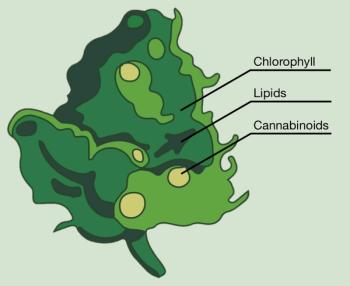
At a glance, modern extraction machines can seem a little mysterious: plant material is added to an extraction chamber, processing parameters are chosen, the extraction process is carried out, and an output of material is collected. Part I of this series examines the two main biologically-inherent starting-material influences.

John A. MacKay, Synergistic Technologies Associates and Brian C. Smith, Big Sur Scientific discuss the biggest challenges in cannabis related to extraction.

An overview of extraction terminology, specific types of extraction methodologies, and clarification on some common misconceptions

Dr. Markus Roggen discusses his experiences in the industry and what extraction methods he has used.

Dr. Les Brown, Managing Director of AECS-QuikPrep Ltd., recently spoke to us about the benefits of countercurrent chromatography (CCC) compared to other methods as well as the work his company has been doing to advance the technique for their clients in the cannabis industry.
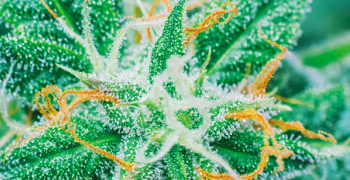
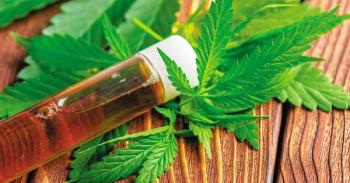

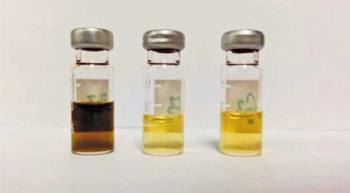
The method described here allows for the simultaneous analysis of 47 pesticides and five mycotoxins in cannabis in one simple QuEChERS procedure. This simple method is designed for implementation in start-up laboratories and in established laboratories that wish to streamline their sample preparation process, decrease solvent usage, and obtain accurate and fast results.
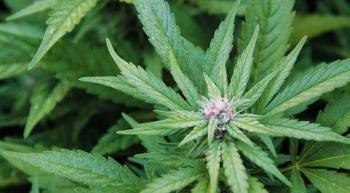
Well-established techniques used by the food safety industry, such as QuEChERS sample preparation followed by LC–MS/MS for the analysis of multiresidue pesticides, are evaluated for use with cannabis plant material.
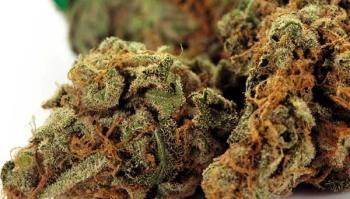
Headspace SPME combined with GC–MS for the qualitative and quantitative analysis of terpenes in cannabis offers several advantages compared to other methods. It does not require the use of organic solvents, does not coextract matrix, and provides additional means of peak identification and purity using spectral data. It is also a nondestructive method.

An interview with Jeff Dahl, an applications scientist at Shimadzu Scientific Instruments; Joe Konschnik, a business development manager for the food and beverage market at Restek Corporation; Andre Santos, the Americas market development manager at Agilent Technologies; Alicia D. Stell, the CEM product development lab manager; and Xiaoyan Wang, a research scientist at UCT

QuEChERS is introduced to the discipline of forensic testing as a viable method for the extraction of pesticides and cannabinoids in various complex sample matrices